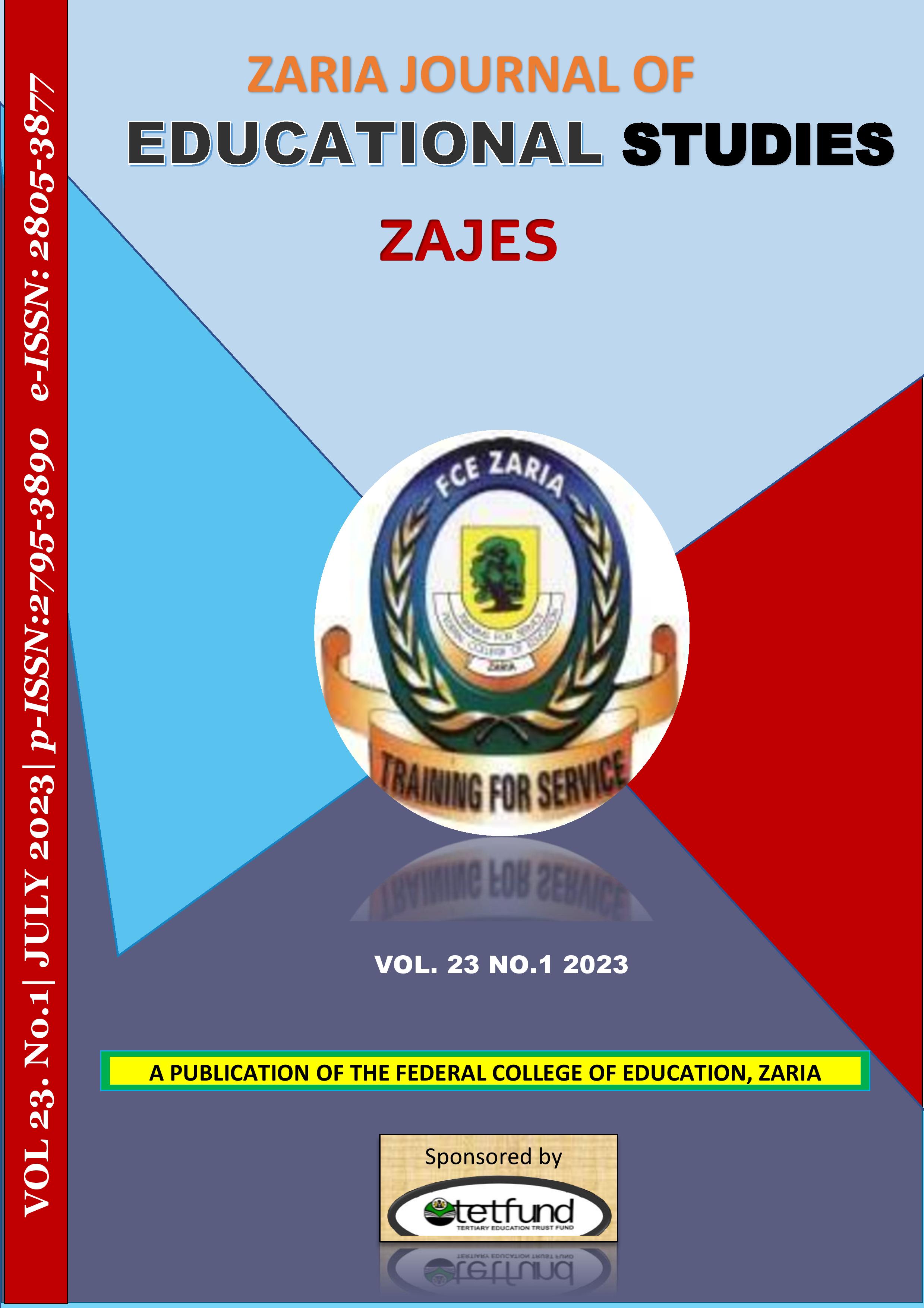Methods of Teaching Conversation in Arabic for Non-native Speakers
Keywords:
Methods of Teaching, Conversation in Arabic, Non-native Speakers, EducationAbstract
The article discusses the importance of teaching Arabic conversation to non-native speakers. It highlights three modern methods of teaching Arabic conversation: the communicative method, the problem-solving method, and the debate/dialogue method. The article argues that these methods could help students develop their fluency and their ability to think on their feet. The article adopts an empirical research method to further investigate the importance of conversation as a learning process in the teaching and learning of Arabic Language. It identified some of the problems that face teachers of Arabic conversation to non-native speakers to include lack of vocabulary, lack of daily usage, and lack of self-confidence. The article concludes by recommending that Arabic language teachers encourage their students to practice Arabic conversation continuously and to drill them on courage/boldness during conversion. Other effective methods to enhancing Arabic conversation to non-native speakers include using authentic materials created for native speakers of Arabic, surrounding oneself with the language (immersion), by living in an Arabic-speaking country or by taking an immersion course, and via technology-based tools that can be used to teach Arabic conversation.

